The rise of ‘softer’ workplace designs and blurred typologies leaves an opening for a new kind of materiality. We take a look at how this area is being explored at Orgatec 2018. Hint: it’s about the convergence of technology and materials.
October 30th, 2018
Digital interfaces dominate our work and personal lives. This proliferation of digital technology has of course made its way into numerous facets, in particular in our offices. Realising the changing way humans are interacting with materials, an entire special exhibition was curated as part of Orgatec 2018.
The #materialsculture exhibition area at the latest commercial tradeshow event explores not just the changing types of materials but its intersection with digital technology.
Curated by Dr Sascha Peters, a German trend forecaster, the space brought together an impressive array of smart, experimental materials that will no doubt be finding their way into our workplaces sometime soon.
A great example on display was a unique product and approach to material innovation developed in Sweden. The KTH Royal Institute of Technology from Stockholm has been developing a sustainable cellulose fibre – think transparent wood, hollow cellulose balls and magnetic wood composites. Through explorations in technology and design, this cutting-edge product has endless applications and makes up for Sweden’s drastic decline in paper production.

Aectual Flooring – 3D printed with a terrazzo infill. Designs can be customised and materials are bio-based or recycled.
Where does Dr Sascha Peters see materials evolving in the not-too-distant-future? He believes that there will be a continuing increase in the demand for material traceability and sustainability. Having the ability to review and trace materials through a digital interface will become the norm – particularly as sustainability and accreditation targets become more stringent.
It’s this juncture of natural and digital that will allow for materials, furniture and thus workplaces to be monitored throughout a continual loop. This is the future of materiality in the workplace. One that blends digital experience with sustainable traceability and a science-like experimentation.
Already bringing this thinking to market are brands like DeVorm and emeco, both of which use recycled plastics and materials in the production of its products. These are companies driving real-life examples, which are feeding the material loop for the better.

Emeco’s 1″ Reclaimed chair, designed by Jasper Morrison, uses 75 per cent waste polypropylene and 15% per cent waste wood fibre.
Where do these new material experiments fall in terms of our current workplace design aesthetics and materiality?
There’s no denying that our workplaces are getting softer and more comfortable. And Orgatec 2018 presented plenty of brands that are using materiality to push for a generally softer workplace aesthetic.
One way this can be calculated is in the inclusion of fabric houses such as Kvadrat and Instyle, but also in the increase of more traditionally residential brands like Normann Copenhagen and Muuto.
Having a more cosy and welcoming workplace, and one that is accountable for its impact on the world can only be a good thing. Lets see what happens when the digital and the soft collide…
INDESIGN is on instagram
Follow @indesignlive
A searchable and comprehensive guide for specifying leading products and their suppliers
Keep up to date with the latest and greatest from our industry BFF's!
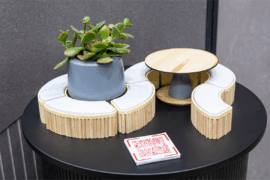
From the spark of an idea on the page to the launch of new pieces in a showroom is a journey every aspiring industrial and furnishing designer imagines making.
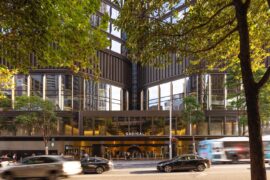
Rising above the new Sydney Metro Gadigal Station on Pitt Street, Investa’s Parkline Place is redefining the office property aesthetic.

London-based design duo Raw Edges have joined forces with Established & Sons and Tongue & Groove to introduce Wall to Wall – a hand-stained, “living collection” that transforms parquet flooring into a canvas of colour, pattern, and possibility.
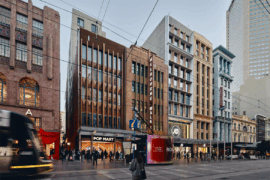
Merging two hotel identities in one landmark development, Hotel Indigo and Holiday Inn Little Collins capture the spirit of Melbourne through Buchan’s narrative-driven design – elevated by GROHE’s signature craftsmanship.
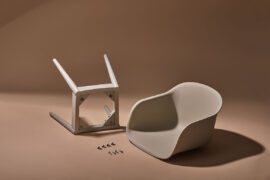
MillerKnoll releases the 2025 Better World Report showcasing how design can drive meaningful change through measurable progress across social, environmental and governance initiatives

After 23 successful years operating jointly as Kvadrat Maharam, Kvadrat and Maharam will continue as independent entities from 1 July 2025.
The internet never sleeps! Here's the stuff you might have missed
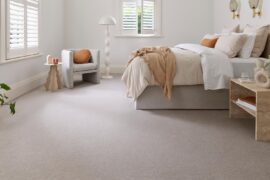
Good looks count, but function completes the space.

Auckland Design Week returns for its third edition in March, unveiling an expanded programme and a renewed focus on the relationship between people, communities and the places they shape.